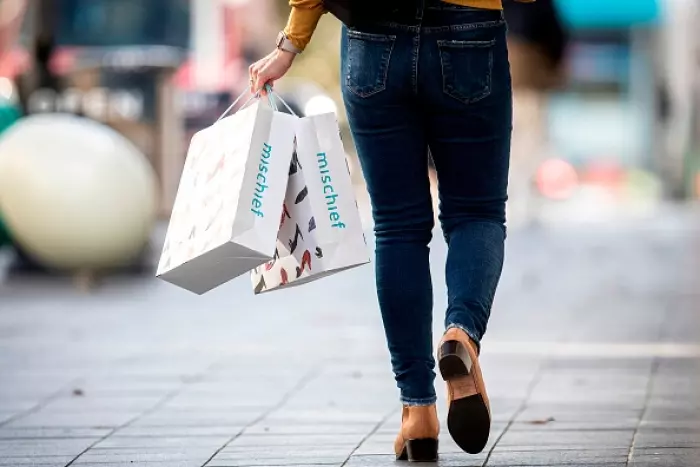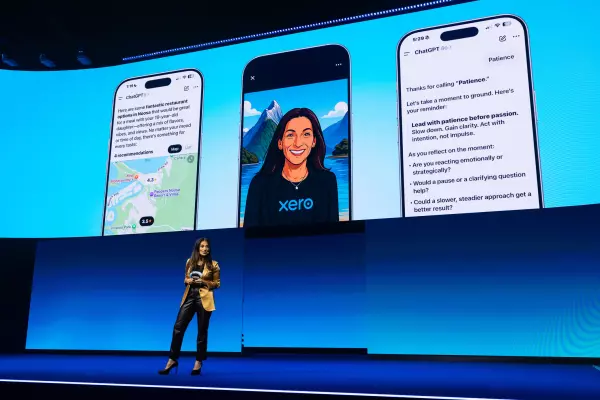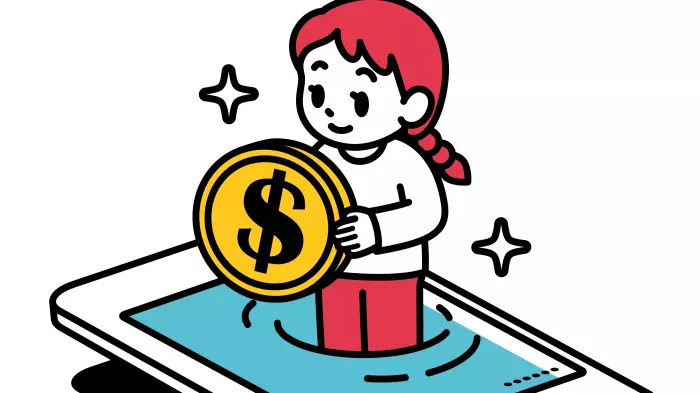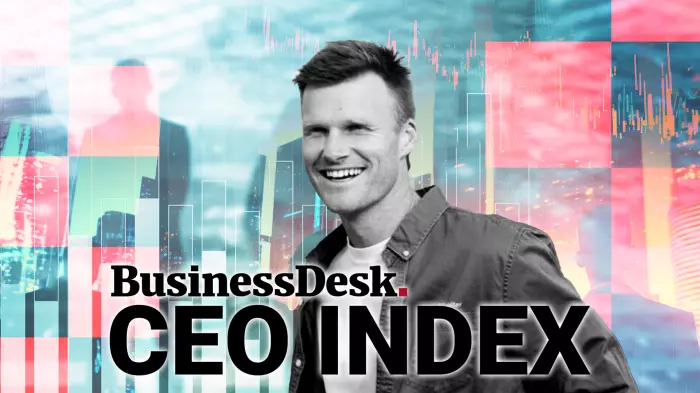If you were looking for a sign that buy now, pay later is a serious challenger to banks and finance companies, look no further than a recent industry announcement.
On Oct. 20, big-four bank Westpac announced to the Australian and New Zealand stock exchanges it had done a deal with buy now, pay later big gun Afterpay.
Afterpay, the ubiquitous Google-like dominator of the buy now, pay later industry, will offer its customers Westpac transaction and savings accounts in the second quarter of 2021.
Afterpay would become the first partner on the bank’s new digital banking platform.
“The platform,” Westpac boss Peter King said, “allows us to provide our banking experience with the innovation of our partners to support new customer experiences.”
Westpac’s announcement played up the innovation Afterpay brings to the table.
That innovation is a can’t-wait, interest-free update on the old-school layby purchasing technique, where consumers could buy something and then pay it off over a month or so with no additional charges heaped onto the sale.
Buy now, pay later gives consumers that feel-good shopping dopamine hit faster. There is no waiting. It is the perfect product for a fast-fashion world (even if you buy something made sustainably) for millennial consumers who look at credit cards as something your mum has.
Take that, capitalism!
And the transaction cost is borne by the retailer — take that capitalism — just so long as you don’t miss a payment as late fees do apply.
The bank’s move is part of the industry’s attempt to latch onto the tails of its nimble rivals.
Westpac also invested in Afterpay’s Aussie rival, Zip. But a day after the Afterpay deal was done Westpac sold down its holding.
Kiwi buy now, pay later outfit Laybuy, did a deal with Mastercard.
Wherever Mastercard’s contactless cards can be used shoppers can also pay with Laybuy in store.
Zip has its own similar tie-up, but with Mastercard rival Visa.
In February, Commonwealth Bank of Australia announced a hook-up with Swedish payments giant Klarna. CBA, which owns ASB in NZ, and Klarna will spilt the Klarna operations in Australasia 50/50 and keep rights to Klarna in Indonesia, after the bank pumped US$300 million into Klarna Group.
Laybuy co-founder Gary Rohloff described the appeal driving the joint efforts between the established finance providers and the buy now, pay later industry like this: it suits the highly engaged, technologically driven millennial customers seeking alternatives to traditional interest-bearing credit cards.
Challenging cards
Reserve Bank data shows credit card spending has been declining. In September, New Zealanders owed $3.6 billion on credit cards, an almost 10 percent decline on the same month in 2019.
August year-on-year data saw an 11.8 percent drop in credit card billings. In the queasy covid months of April and May, credit card billings were down 48.6 percent and 20.3 percent.
In contrast, the buy now, pay later sector appears to be gobbling up new customers at an increasing pace.
Laybuy told the ASX (where it is listed) it added 69,000 new customers from June 30 until the end of August.
Afterpay announced on Oct. 28 its active customers — those who had used Afterpay for a transaction in the previous 12 months — had increased 98 percent to 11.2 million from 5.7 million in the September quarter of 2019.
Millennials drove 45 percent of “like for like sales” in the quarter, Afterpay said. Active merchants increased 70 percent to 63,800 year-on-year.
CBA says Klarna has more than 85 million customers and more than 200,000 merchants.
It’s easy to see why Westpac and Mastercard want to ride in the shopping trolley with them.
It won’t be without its bumpy moments, however.
Regulatory risk
Buy now, pay later has caused concern. It is seen as a wide open gateway to increasing consumer debt, similar to how hire purchase was perceived as it rose in popularity albeit without the rapacious interest charges. Consumers can default on buy now, lay later debts. That still looks bad on a credit report.
Afterpay had to cap its late fees after stories of blown-out penalty payments attracted negative media attention.
There is also the ever-present spectre of regulation. A recent report by UBS into the sector said the more successful buy now, pay later is, the more likely it is to attract regulatory scrutiny.
The key risks are whether the players can continue to prohibit retailers from passing the costs onto consumers, and if buy now, pay later could be considered providers of credit in the future, it said.
The Reserve bank of Australia is currently reviewing no-surcharge rules.
It appears obvious they are credit companies.
The UBS survey of 1,000 Australian consumers showed they certainly perceive the industry to be providing payment services and credit.
A more present risk perhaps is simply being a victim of its own success.
Overheating?
The industry has become so hot it is now attracting entrants from all corners who may eat into the less developed markets like the US that Afterpay and Laybuy want to consume.
Paypal’s announcement it was joining the frenzy with ‘Pay in 4’ saw Afterpay’s share price discounted steeply.
There are now a plethora of players all trying to stand out in the crowd: Humm (the former Flexigroup) offers consumers up to $1,000; Laybuy offers consumers the choice of paying a bigger chunk up front so they can spend more overall; and even DTR, which relied heavily on hire purchase financing, has a buy now, pay later product.
There is also Oxipay in the NZ market, and in the US there is Quadpay, recently purchased by Zip.
And that’s not to mention Limepay, which hopes to list soon, and Sezzle and Openpay and Splitit and Zebit.
It seems impossible the growth can continue at this pace, but Afterpay shares hit the A$100 mark this week after its first-quarter results.
UBS points out there are low barriers to entry (hello lack of regulation, that you?). And it is just too easy for big players like Paypal to replicate a buy now, pay later product, despite the incumbents protesting that the likes of Paypal joining the race only shows the race is on, and real.
For now, the banks and credit card companies are happy to be frenemies with the upstart fintechs.















